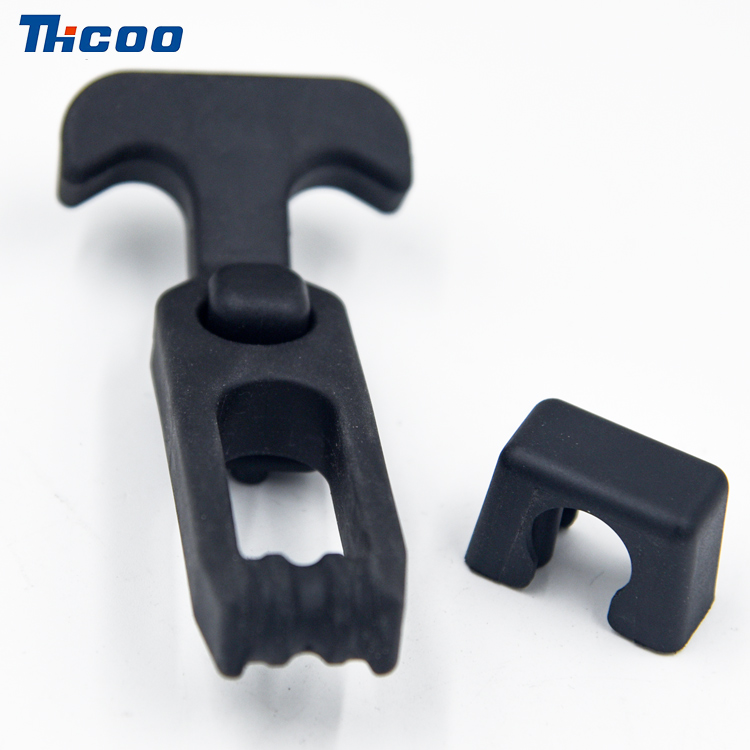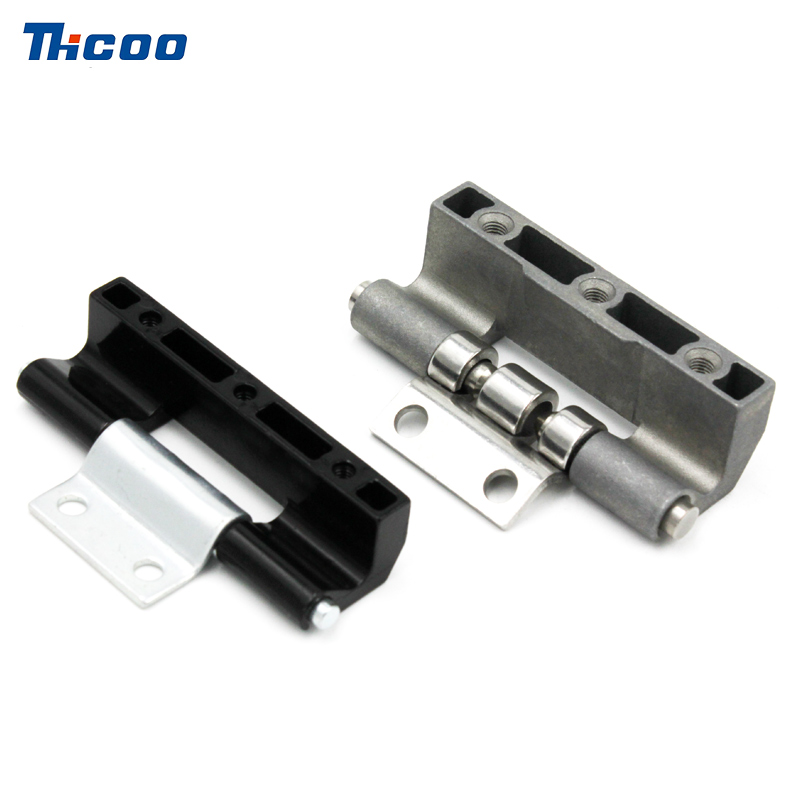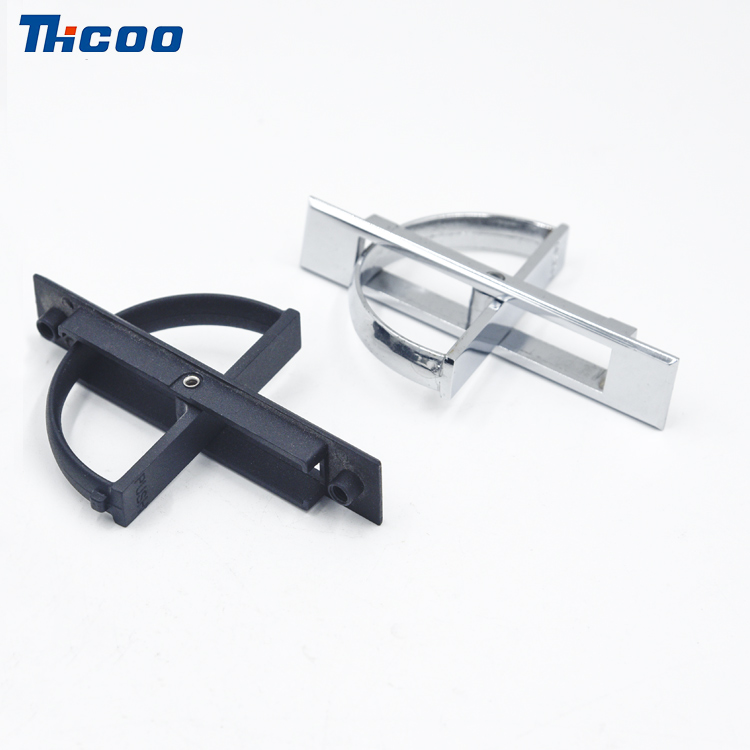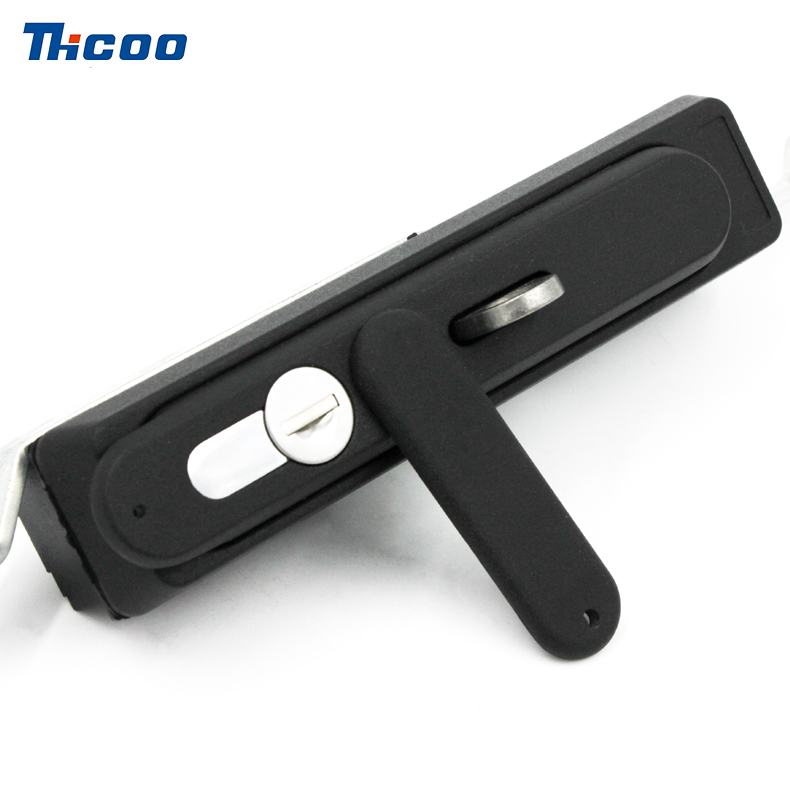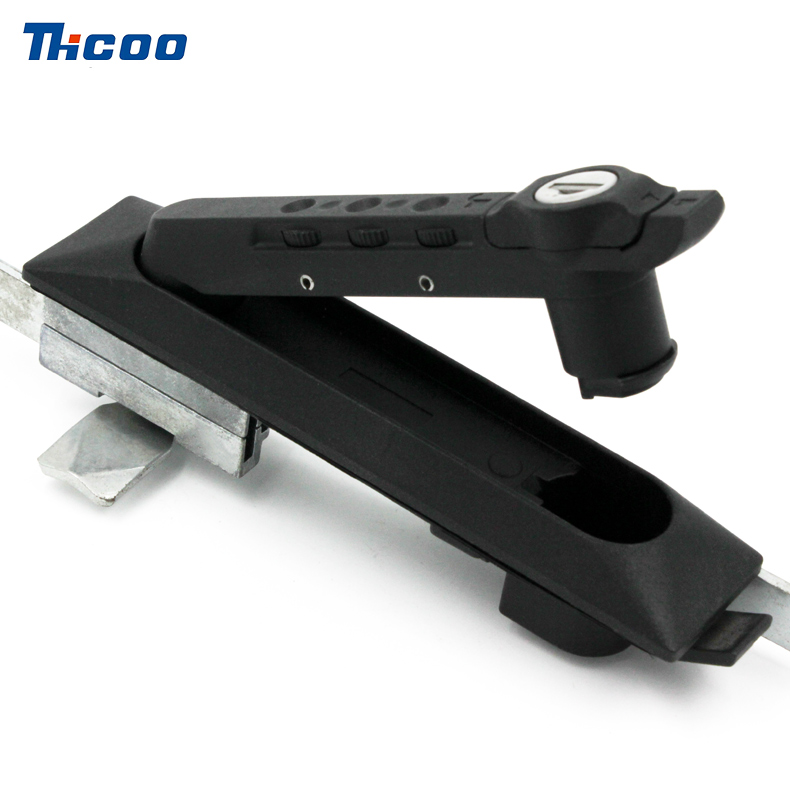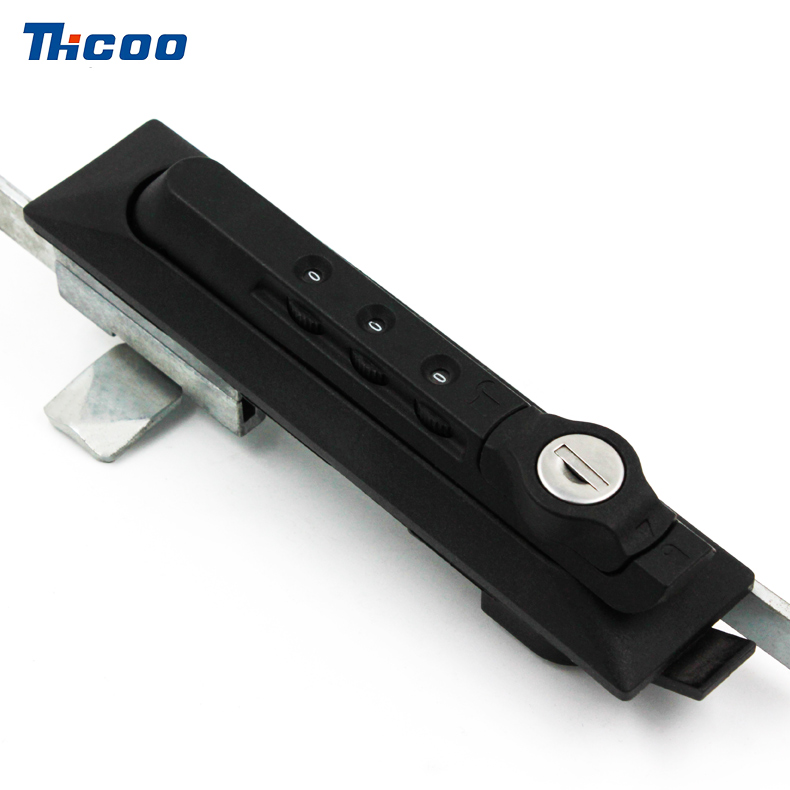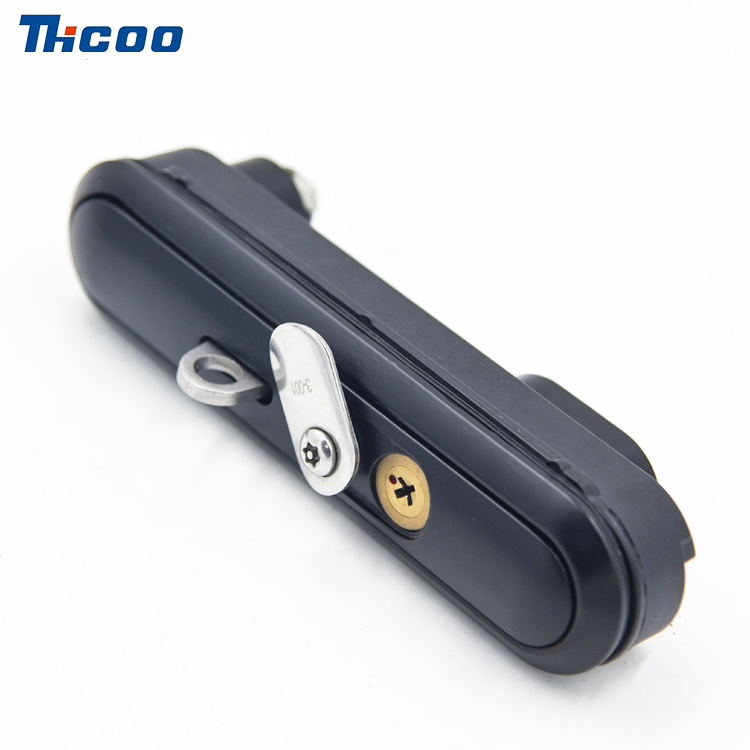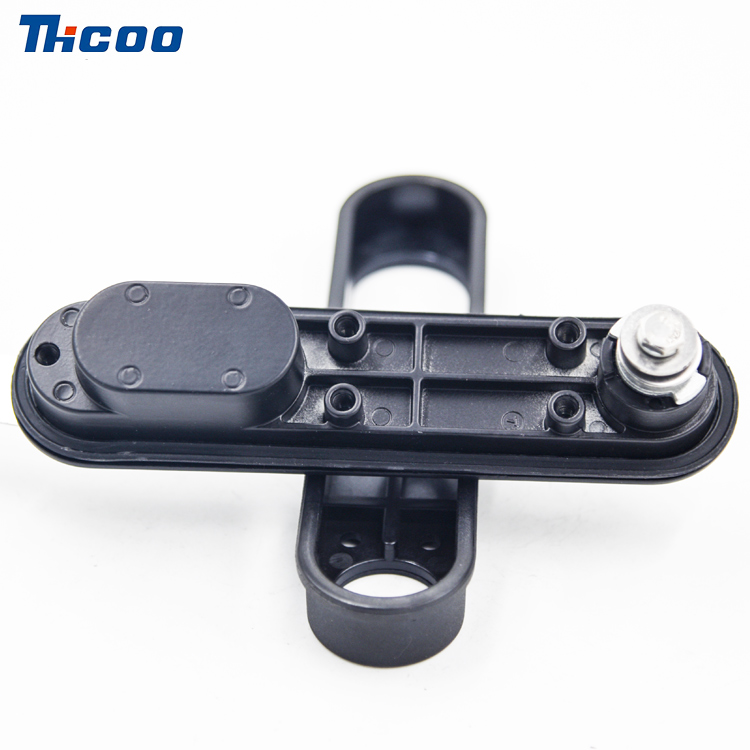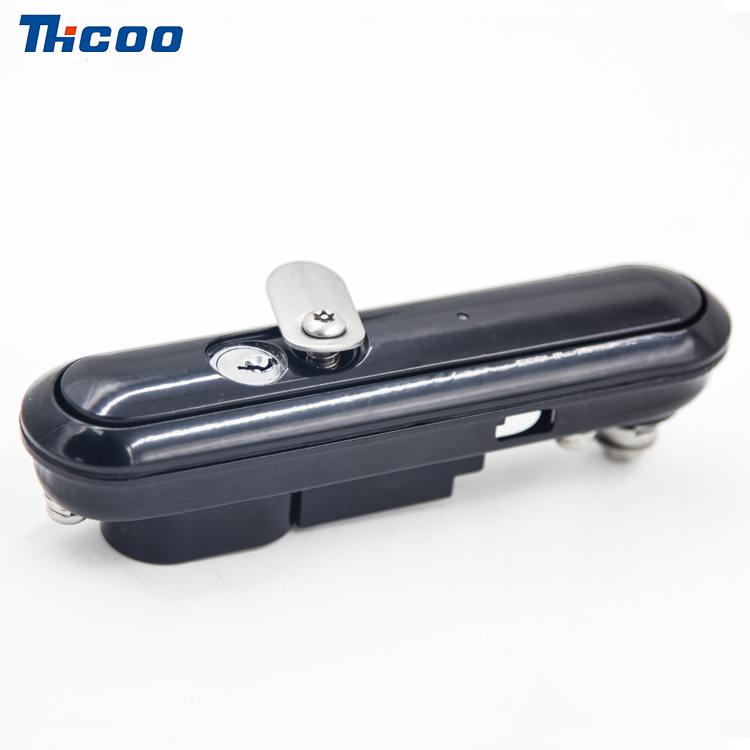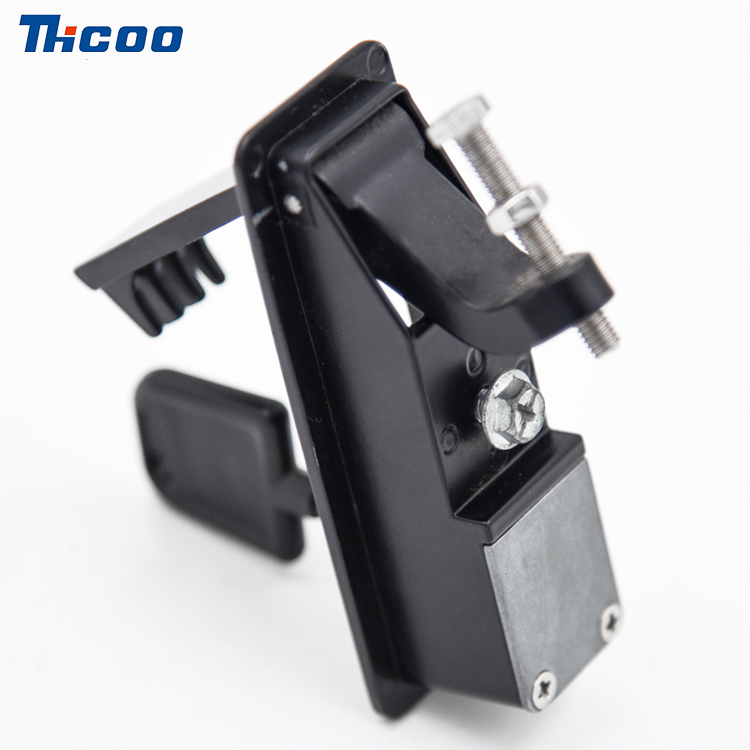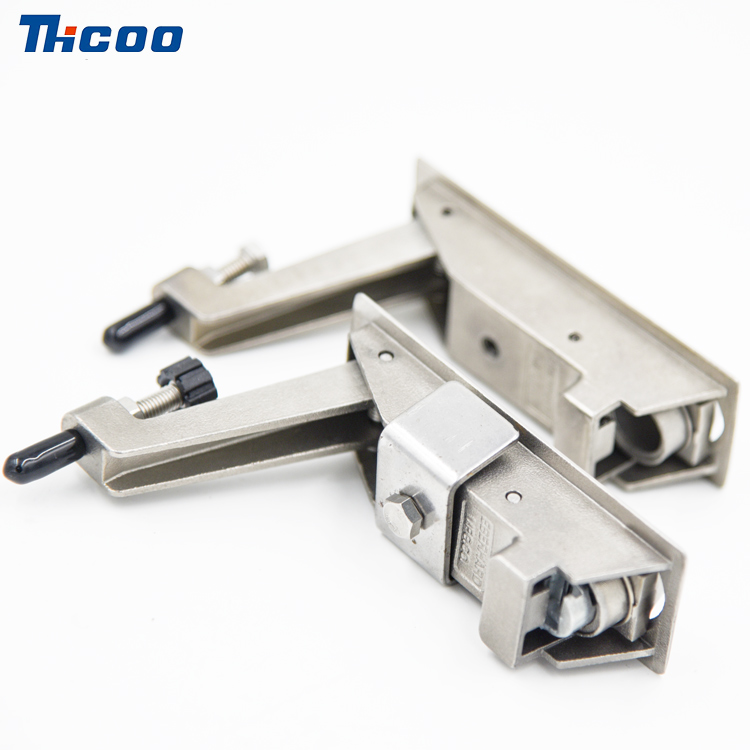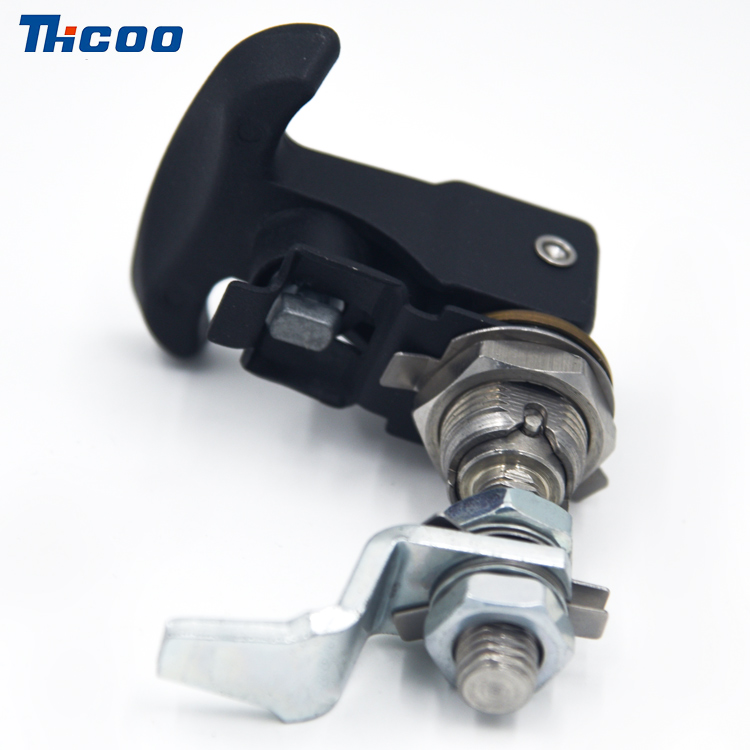Here's how RV door locks function at a practical level:
Content
1. Dual-Action Entry Door Lock (Most Common)
Outside Operation:
Insert key → turns tumblers → unlocks both latch and deadbolt simultaneously.
Turn key 90° clockwise → retracts latch.
Turn key 180° → retracts deadbolt.
Inside Operation:
Flip thumb-turn → instantly retracts deadbolt for quick exit.
Press lever handle → releases latch (no key needed).
Why it's unique: One key controls two bolts; handles vibrations without jamming.
2. Storage Compartment Locks
Flush-Mounted Cylinder:
Key inserted → rotates a metal cam inside the lock body.
Cam hooks under a strike plate → holds door shut.
Turn key back → cam releases → door springs open.
Critical Design:
Dust covers shield keyhole from dirt.
Springs are extra-stiff to prevent bouncing open on rough roads.
3. Emergency Exit Locks
Outside: Key-only deadbolt (prevents forced entry).
Inside:
Glow-in-the-dark push bar or lever.
Pushing bar → physically shears a retention pin → bolt flies open instantly.
No key/knob twisting – pure mechanical release.
4. Anti-Rattle & Vibration Proofing
Spring-Loaded Tumblers:
Heavier than house locks → won’t bounce loose on potholes.
Ball Bearings in Bolts:
Allow deadbolts to slide smoothly when vehicle flexes.
Lock Body Padding:
Rubber gaskets absorb shock between lock and door.
5. Failure Points & Fixes
Frozen Lock:
Cause: Ice in keyway.
Fix: Heat key with lighter → insert (melts ice).
Stiff Key Turn:
Cause: Grit in tumblers.
Fix: Blast compressed air into keyhole → lubricate with silicone spray (never oil).
Deadbolt Won't Extend:
Cause: Misaligned strike plate.
Fix: Loosen plate screws → tap plate 1mm down → retighten.
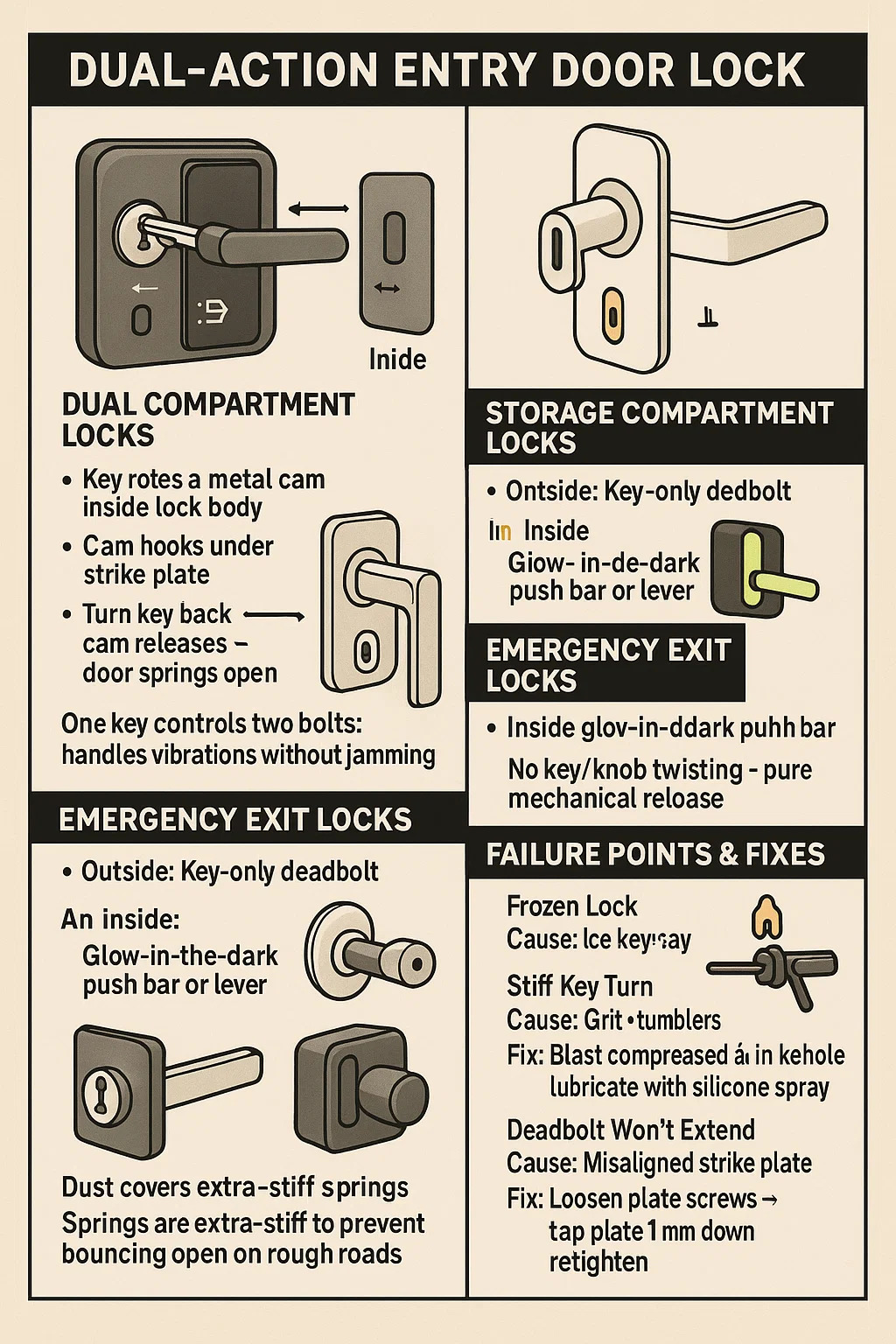

 English
English Deutsch
Deutsch 简体中文
简体中文 languages
languages 

